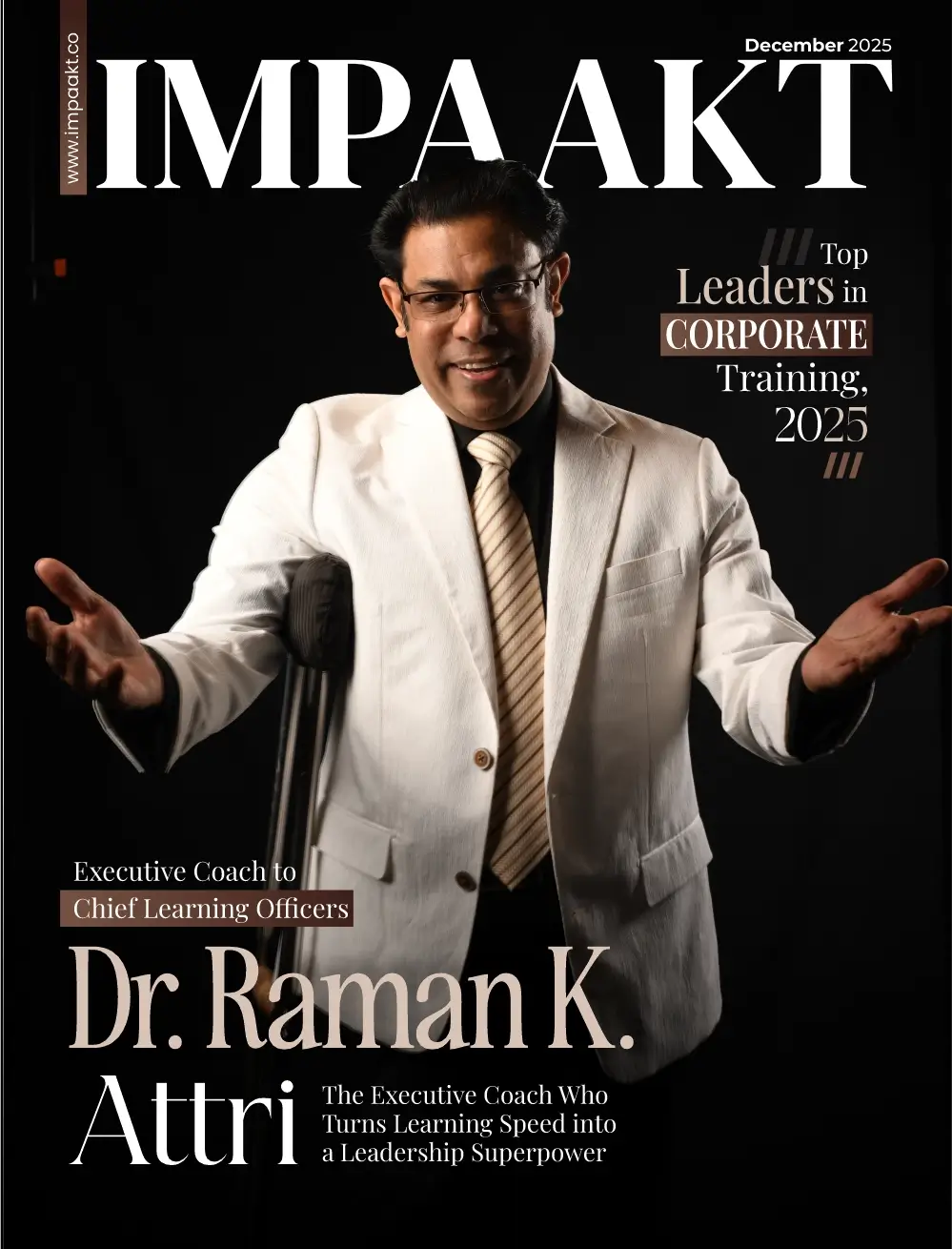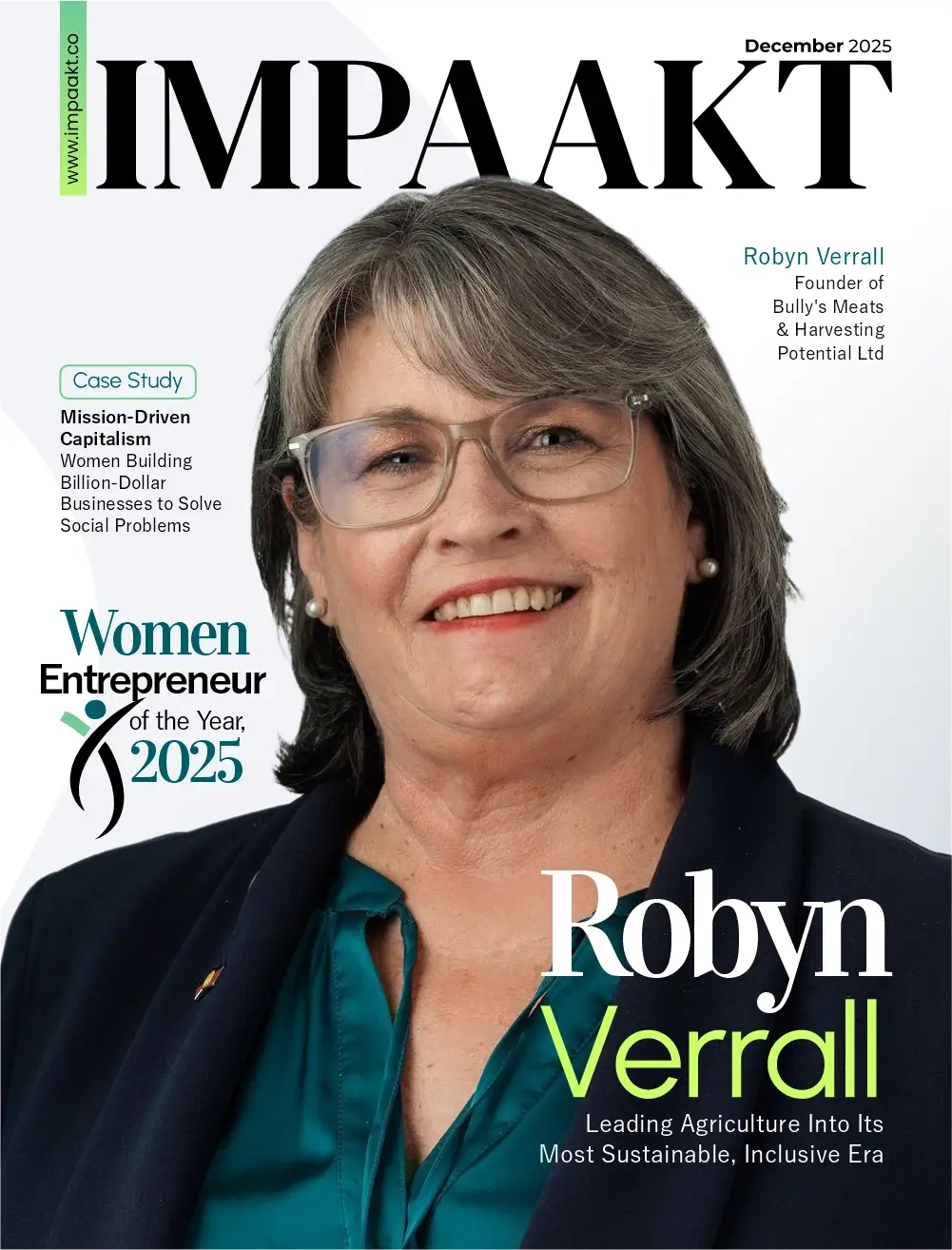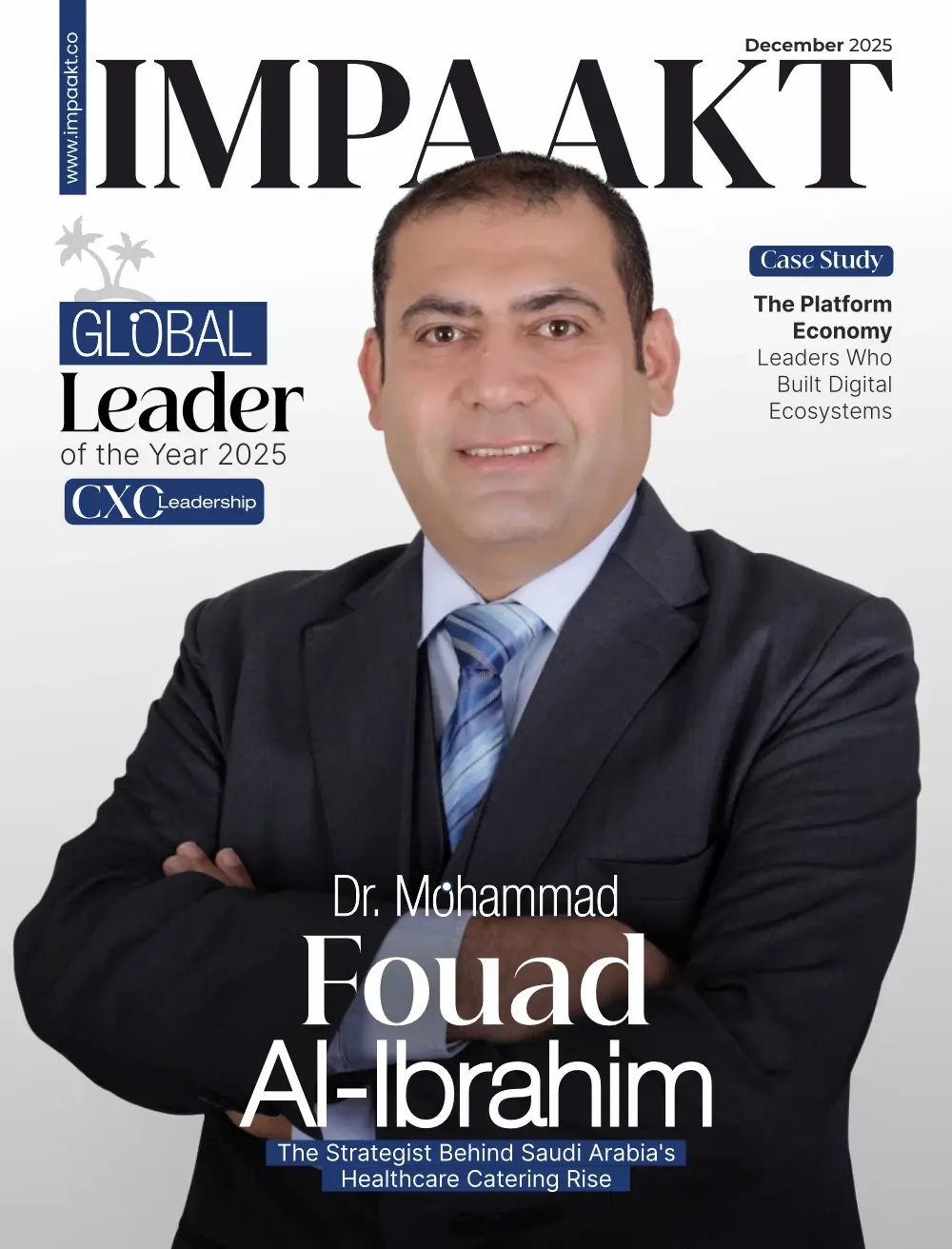Introduction: HR’s Strategic Evolution
For years, human resources was viewed mainly as an administrative function — a support system for hiring, compliance, and employee relations. But today, that perception has changed. In modern organizations, HR leaders in the boardroom are taking on a central role in shaping business strategy, driving transformation, and steering organizational culture.
This shift is more than symbolic; it represents a powerful evolution of the HR business partner role, positioning HR as a critical contributor to company success.
The Rise of HR as a Business Partner
The concept of HR as a business partner isn’t new, but its implementation has matured significantly. No longer confined to personnel management, HR leaders are becoming co-architects of business plans, mergers, culture initiatives, and innovation strategies.
The modern HR business partner job description includes responsibilities like:
-
Collaborating with C-suite leaders to align people strategy with company goals
-
Driving talent analytics to support strategic decisions
-
Forecasting workforce needs in line with business growth
-
Influencing company culture and employee engagement strategies
As this role expands, so does the presence of HR leaders in the boardroom, where their voice carries weight on key decisions impacting the company’s future.
HRBP and Strategic Influence
The HRBP (Human Resources Business Partner) model empowers HR professionals to act as liaisons between HR functions and business units. These individuals combine HR expertise with a deep understanding of business operations.
HRBPs are instrumental in:
-
Identifying skill gaps and planning for reskilling or upskilling
-
Implementing succession plans and leadership development programs
-
Crafting performance management systems aligned with business objectives
-
Supporting change management during organizational shifts
This strategic alignment is why HR leaders in the boardroom are no longer a novelty but a necessity. As companies confront global talent shortages, hybrid workforces, and rising employee expectations, the HRBP model ensures HR is a proactive force in shaping the future.
The Role of HR in Strategic Planning
Building a human resources strategic plan is now a standard component of corporate strategy. This plan not only covers recruitment and retention but also:
-
Aligns workforce planning with financial forecasting
-
Includes DEI (diversity, equity, inclusion) metrics and goals
-
Evaluates employee engagement and organizational health
-
Supports digital transformation through talent readiness
HR leaders are driving business impact by anticipating challenges before they surface. Whether addressing employee wellbeing, optimizing hybrid work models, or improving talent acquisition, HR leaders in the boardroom ensure that people strategies are tightly woven into company goals.
Why the Boardroom Needs HR Leaders
Boardrooms today are tackling complex challenges — ESG performance, digital transformation, geopolitical risks, and more. In such environments, the traditional finance-marketing-sales trio isn’t enough. The voice of the employee, culture, and leadership development must also be heard.
HR leaders in the boardroom offer:
-
A people-centric perspective on strategic risks
-
Insights into organizational culture and employee behavior
-
Guidance on ethical leadership and responsible governance
-
Long-term workforce planning expertise
When HR is involved in board-level discussions, organizations are better equipped to lead with empathy, agility, and foresight.
Redefining the HR Business Partner Role
The evolving HR business partner role is multidimensional. Today’s HRBPs must be:
-
Data-driven – able to interpret workforce analytics and trends
-
Commercially savvy – understanding financial levers and growth strategies
-
Culturally intelligent – shaping inclusive, adaptive workplaces
-
Technology fluent – leveraging HR tech for efficiency and insight
The most successful HR leaders combine empathy with analytical thinking. They bring emotional intelligence into spaces that have historically been ruled by numbers alone.
Developing an Actionable HR Plan
A strategic HR plan is no longer a back-office document. It’s a board-level tool that outlines how human capital can drive business growth. A strong plan includes:
-
Workforce forecasting and talent pipelines
-
Succession planning and leadership readiness
-
DEI benchmarks and cultural initiatives
-
Technology adoption for recruiting and retention
-
Change management strategies
When HR leaders in the boardroom present such plans, they demonstrate that HR is not just operational, but transformational.
Conclusion: The Future Is Strategic
The future of work demands a new kind of HR leadership — one that influences beyond policy and procedure. HR leaders in the boardroom symbolize a broader shift toward people-powered business models. By merging human insight with strategic vision, HR is no longer an accessory to business growth — it is a driver of it.
Get powerful insights on how HR is shaping modern business — follow IMPAAKT, your go-to top business magazine for responsible leadership stories.












